If you’re reading this, chances are you have a roll of film that took you a month or even way longer to finish. Or maybe you’re just waiting until you have a handful of rolls to send off to the lab, or potentially just found a stash of old rolls containing memories from the distant past. In this article, we’ll answer all of these questions.
So how long can you wait before getting a film developed?
Kodak recommends processing film a day or two after shooting, but most modern films are unlikely to lose detail or change colors if processed within six months, or before the film’s expiration date. If you plan to leave the film undeveloped for longer, it will be best to store it in the freezer.
The longer you leave film, the more likely you are to lose details in the shadows. Film also becomes grainier and foggier with age because of natural atmospheric gamma radiation. But how much of these effects you’ll notice if you wait more than six months is debatable.
It is absolutely possible to develop film and recover images from rolls that were shot even as early as the 40s or 50s — so long as the film isn’t a nitrate base. The plastic acetate base will become harder and more brittle because of age, so some care will be needed.
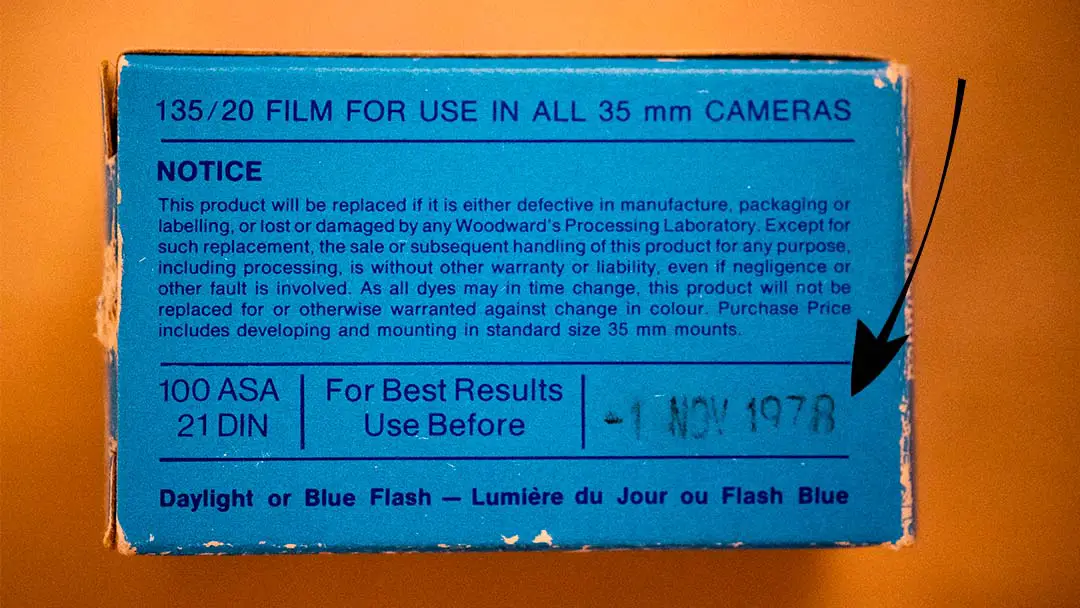
Is it worth developing film after it has expired?
If you’ve recently come across a cache of old rolls of film, it is absolutely worth getting them developed. If you’re unsure of the conditions they were stored in, then it may be a good idea to send in just one roll of film to ensure they are able to be developed normally, or if they will need to go to a specialist lab.
Black and white film is more likely to still hold an image than color film, which contains sensitive dyes that can fade. If in doubt, old color film can always be developed using a bleach bypass or in black and white so that the stable silver film grains are not bleached away.
There are also people, like the Rescued Film Project, which specialize in developing old film of unknown origin that has been found in old cameras. The Rescued Film Project has developed film shot even as early as the 1930s!
And while there may be fog or other effects from improper storage, the images can still be recovered.

Why does film lose shadow detail over time?
It’s important to note that the longer the film waits to be developed, the more information gets lost over the entire image. However, the loss of detail is most noticeable in the shadows because there are fewer developable grains there in the first place.
In order for a film grain to be developable, up to three electrons on the grain must receive enough energy to become excited. The electrons can receive that energy from light, gamma rays, heat, or other phenomena.
However, over time, some of the excited electrons will lose that stored energy, which can either move to a different grain (creating fog) or will be lost altogether.
Modern films made in the 90s or later are optimized to retain as many electrons as possible, making modern films much more stable than older varieties.
Learn more about how film grains work here.
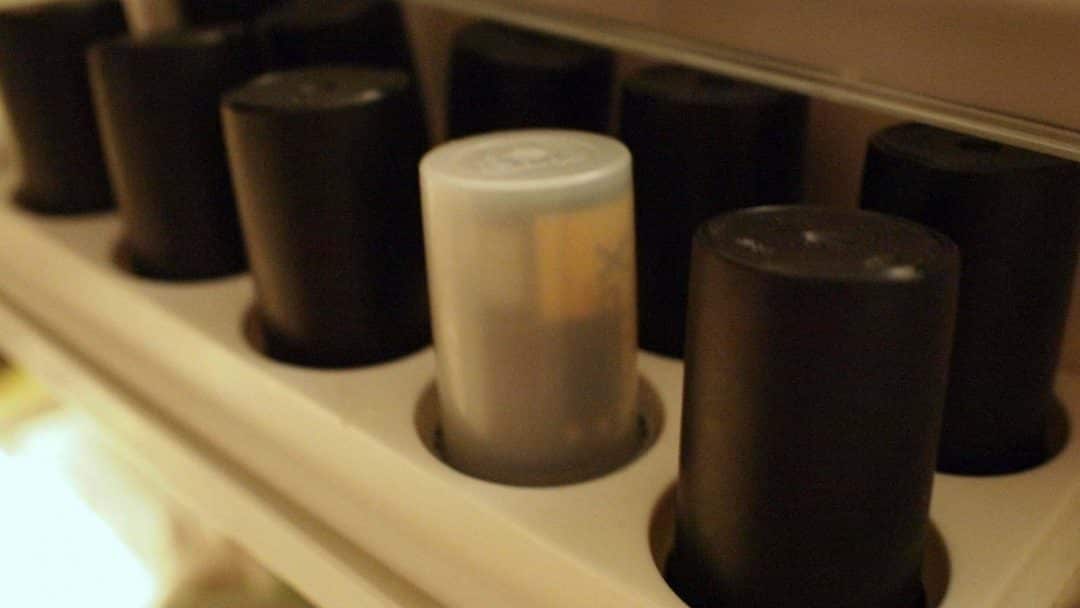
How should I store film after shooting?
Once you’ve shot a roll of film, it is best to store it in the same conditions that it was stored before shooting. So black and white film can be left at room temperature, while color film should be stored in the fridge.
Kodak suggests that vision and professional films like Portra and Ektar be stored in the freezer until it is time to develop them.
If you’re developing at home, be sure to give 35mm color film at least an hour and a half to come back to room temperature. 120 film should be left at room temperature for 2 or more hours to ensure no condensation, bubbles, or physical damage happens to the film.
Under no circumstances should you leave film in hot or humid conditions, like an attic, or in the glove box of a car. These conditions will do irreparable harm to the film.
Learn more about film storage here.
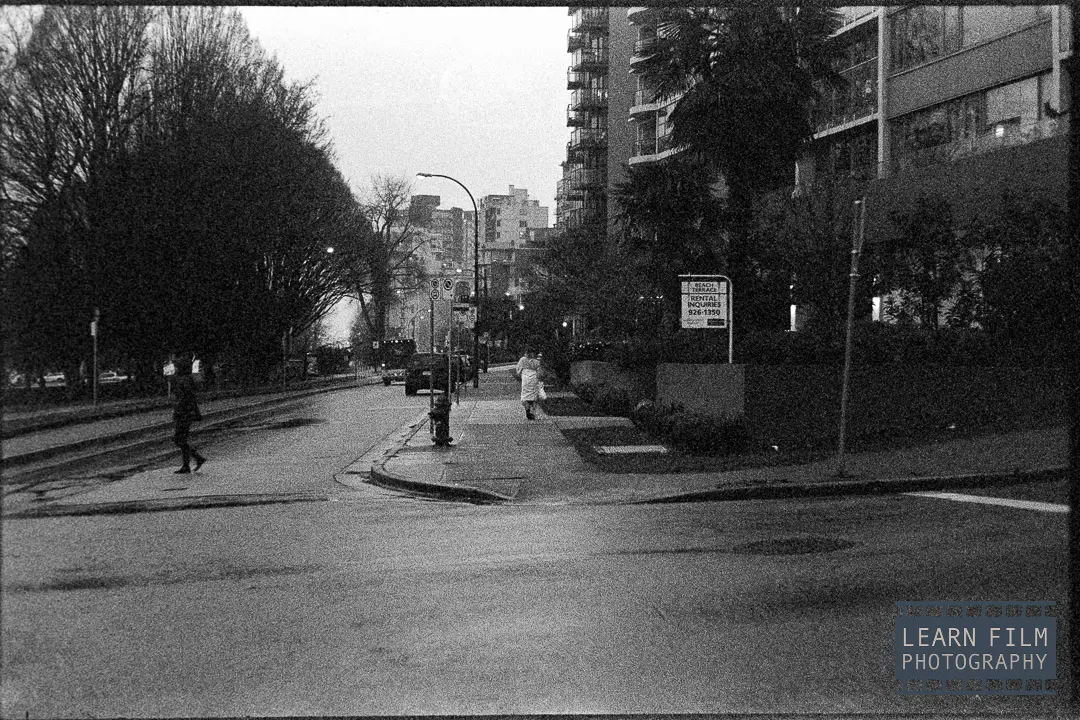
How do I load old film?
The first thing that you have to know is that old film will not react the same way as new film. If the film has been tightly wrapped for 50+ years, it is not going to want to be unraveled into a developing tank. Old film also usually becomes brittle as the negatives have likely started breaking down.
Medium format film may stick to the backing paper, and the brittle nature of the film will require a lot more care than normal. If you use a small film-changing bag, the heat from your hands may more it much more difficult to load the film onto the reels.
In this case, I would suggest using a pitch-black bathroom (one without any windows), or a larger film-changing tent to give yourself the most space possible so the heat doesn’t affect the film.
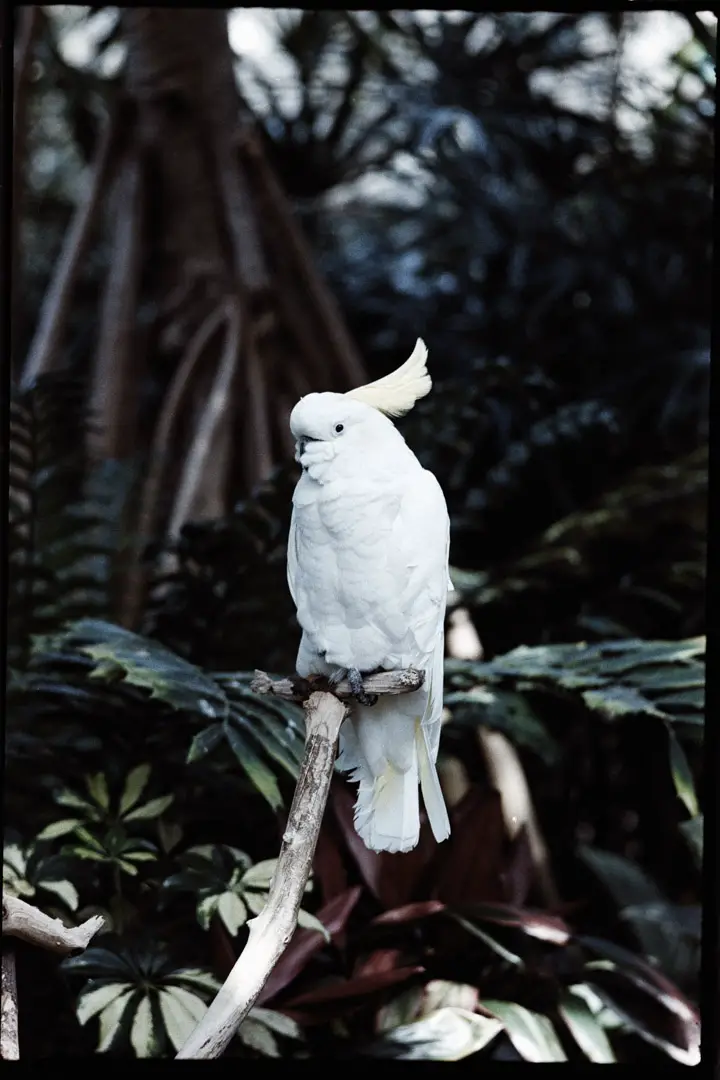
What is the best way to develop old color film?
Knowing that color dyes will break down at a faster rate from the silver halides, it is a good idea to do a bleach bypass when developing old rolls of color film. If the color dyes fail, there is always still a black and white image that can be salvaged — but only if you don’t bleach the film during standard color development.
The bleach process removes the silver in color film while leaving behind the dyes. This process results in darker, less saturated, and more contrasty colors with less shadow detail. You can always re-bleach the film to remove the silver halides later, but there is no way to restore the silver them when it has been washed away by the bleach.
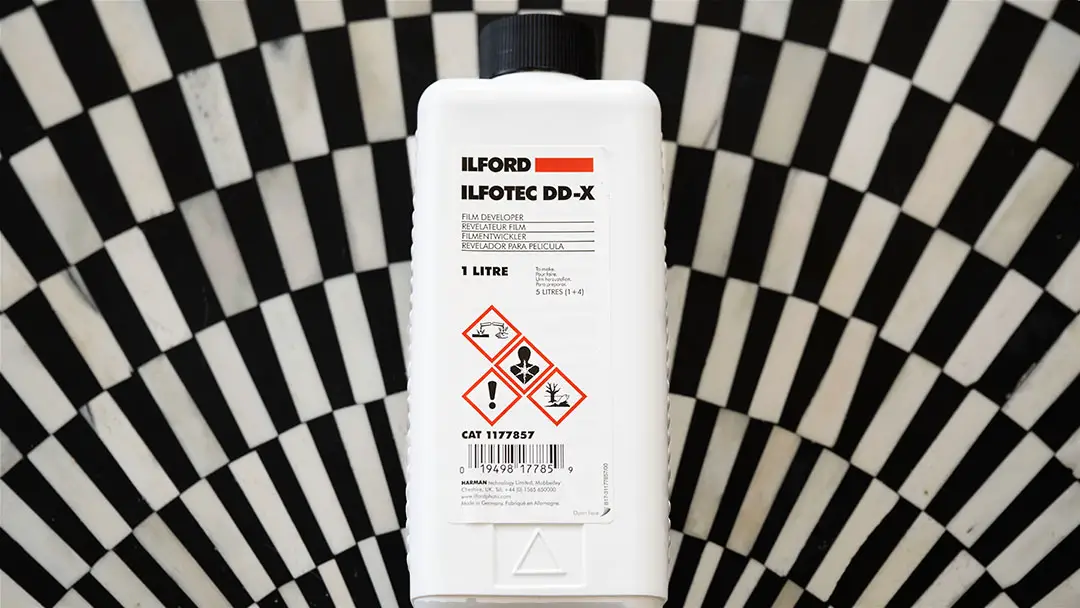
How to develop old black and white film
For black and white film, the process of developing is a little bit different. Since every film requires a different developing recipe, you will have to do some research to come away with the right combination.
Using a slow film developer (one that takes longer than 10 minutes for most rolls of film) will give you the best results possible. Chemical reactions don’t happen instantaneously, so giving the developer more time can allow the developer time to diffuse through the cracks it wouldn’t normally find.
Very old rolls will cause film developing chemicals to exhaust themselves more quickly than newer films. Adjuncts like rust, as well as old tarnished silver in the film will react with the developer, and cause it to lose some of its potency, which can be hard on fast developers like HC-110.
I highly recommend using a developer like Ilfotec DD-X for developing old rolls of film, because it’s a slower developer that contains a lot of buffer solution — so even if it does exhaust itself on adjuncts, there will still be a lot of developing power left over to properly develop the remaining grains in the film.
After the developer, you can use any normal stop bath or fixer chemical as normal. The developer is by far the most important part of the process to get right.
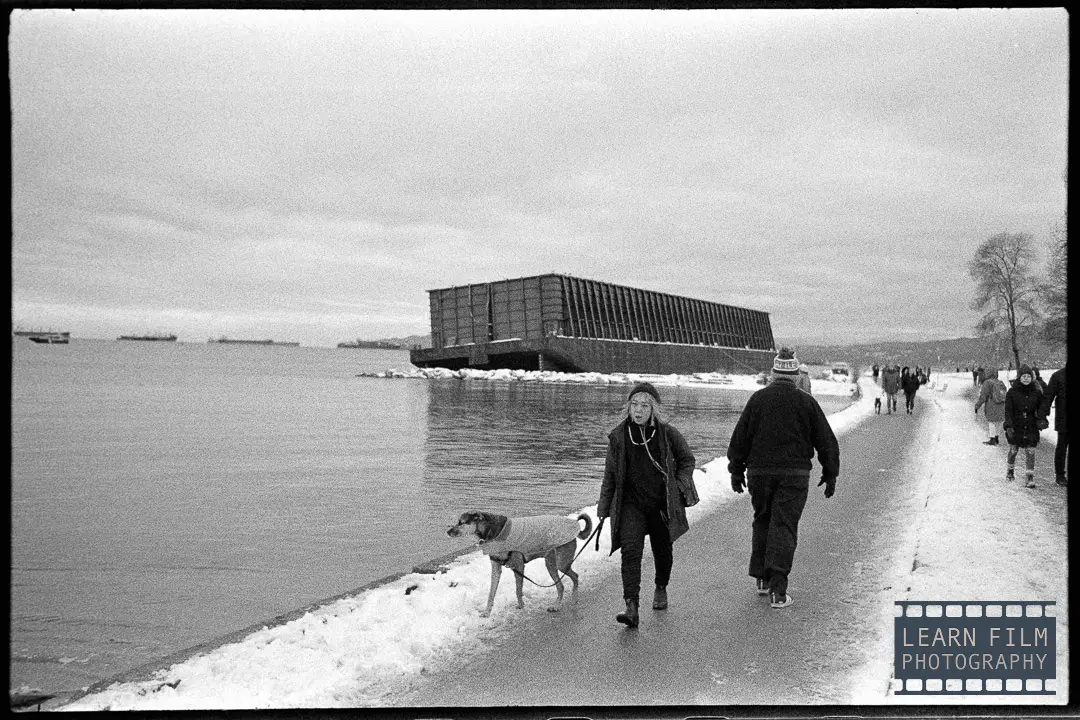
Final thoughts
Finding old rolls of film can be a lot of fun. There are all kinds of memories that were stored on those rolls that can be exhilarating to rediscover.
But one thing is for sure — it’s never too late to try developing rolls. If you only left the roll of film on the shelf for a year or two, the images will still come out great. If the images were trapped on that roll for a couple of decades, you can certainly expect some degradation, but if it is developed properly, you will still get images.
Have you developed some old rolls of film that you found? Let me know about it in the comments down below!

By Daren
Daren is a journalist and wedding photographer based in Vancouver, B.C. He’s been taking personal and professional photos on film since 2017 and began developing and printing his own photos after wanting more control than what local labs could offer. Discover his newest publications at Soft Grain Books, or check out the print shop.

I found a bunch of old rolls of 35 mm 28 rolls to be exact , they have been in the plastic containers and heavy zip lock bags. They are all old film , not even sure how old !!! 1 was wrote on (I’m not sure why I didn’t date all of them ) but it says July 2003 Wonder since they have been in their container and stored in a extra room where there isn’t no heat would they be able to developer them. I’m sure they probably have lots of memories of my sister who I just lost Fingers crossed 🤞🏼
Hi Nina, they should be okay to develop! If they’re color film, there might be some strange color casts, but the images will be there. I’d actually suggest doing a bleach bypass to retain the silver in the film just in case there’s an issue with the colors.
If it’s black and white film, at that age it will still be good to develop normally.
The ones I have are from 1972
Hi i just dropped some film at the labs drop box to get developed. But they’re opening in 2 days. Since the weather is hot right now around 31° will it affect my film inside that labs drop box?
Hi JR,
It depends on the drop box. Many labs will have a drop box placed in the shade, or that goes into the building, in which case it wouldn’t affect the film. But if the drop box is in pure sun, that might be a bit of an issue. I hope it’s all well!
Regards,
Daren
Hi! I just found some 35mm color film from probably 2005-2010. Where would be the best place to get these developed?
Hi Leidy,
Those rolls can most likely be developed at any standard lab. If the film was from the 80s or 90s, then it would be worth developing them as a bleach bypass, or in black and white. But from 2005-2010 should be perfectly fine to develop normally.
Regards,
Daren